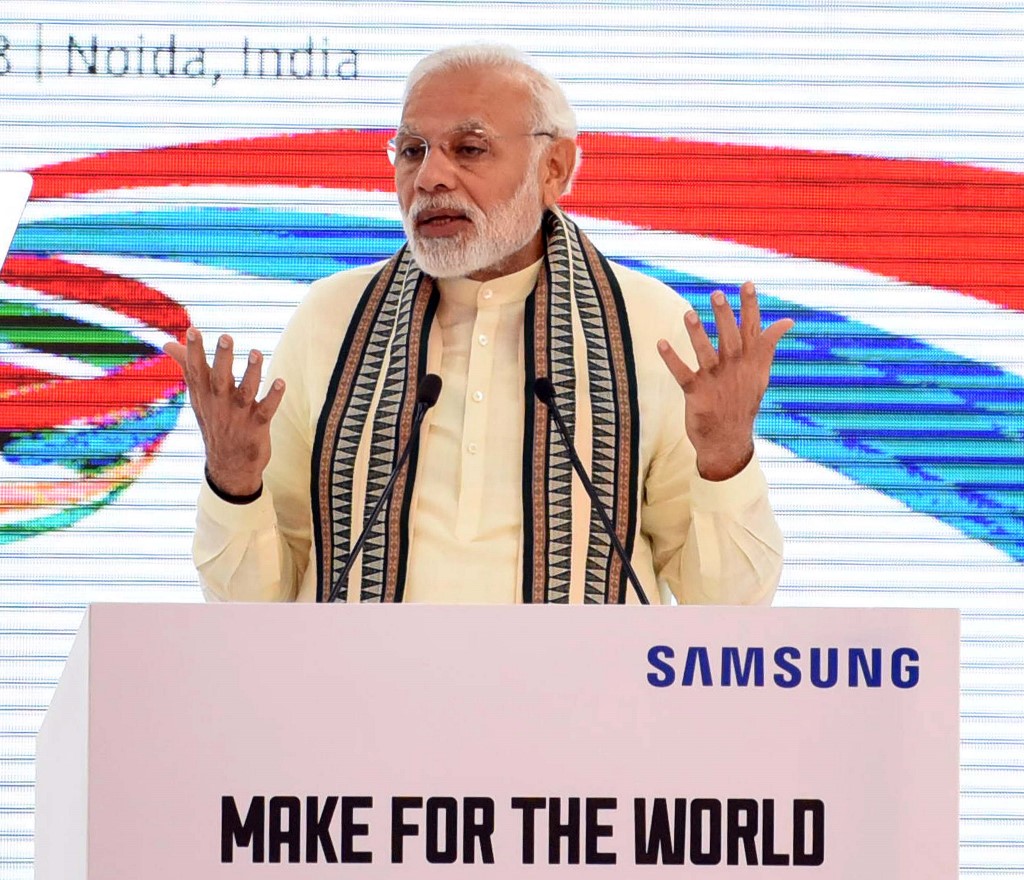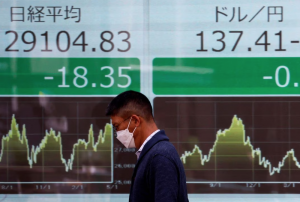(ATF) India has sought to be a net exporter of products and services to the world for more than a decade.
A current account surplus, after all, not only increases a nation’s net assets by the amount of the surplus, but high demand for a country’s exports also contributes to a high level of economic growth, as China has been demonstrating for years.
Yet, even as India’s current account surplus rose to a record in the April-June quarter, economists are hardly “comfortable”; on the contrary, they would prefer that India hadn’t achieved the feat at all.
India’s central bank, the Reserve Bank of India, reported on Wednesday that the country’s current account, which represents exports of products and services, was an unprecedented surplus of $19.8 billion during the quarter that ended in June 2020.
The surplus stood at 3.9% of gross domestic product (GDP), compared with a deficit of $15 billion or 2.1% in the same period a year ago. The surplus to the end of June was also a sharp jump over India’s first quarter performance, when it recorded a surplus of $600 million, which was the country’s first in 13 years.
The current account balance represents the net national exports and imports of products and services, as well as payments made to foreign investors or inflows from them. It is considered an important indicator of a country’s financial health.
No reason to be happy
However, according to economists, while a positive current account balance could be ideal for many economies, it is not necessarily good news for India.
“It is actually bad news because a surplus in India’s instance reflects a lower level of economic activity, which is certainly not desirable,” Professor Nisha Taneja from the Indian Council for Research on International Economic Relations told ATF.
“Besides almost half of surplus is due to lower oil imports, which again points to lower activity.”
According to the Ministry of Petroleum, India’s crude oil import bill fell to a third in the four months ending July, primarily due to crashing international oil rates, but also due to demand evaporating as a consequence of months of lockdown.
India’s economy imports 85% of its annual oil needs and a fall in its oil import bill is yet another indicator of its shrinking economy. The nationwide lockdown almost halved India’s oil consumption in those four months, reports have said.
But the subdued economic activity had harmed India’s export performance too, which fell for the sixth straight month owing to the lockdowns.
According to the Ministry of Commerce, in August for instance, exports fell 12.7% compared to the same period last year, while imports were down 26%, which resulted in a narrowing of the trade deficit.
READ MORE: Indian economy suffers from deeper malaise than estimates
The dip in exports stemmed from a decline in the shipments of petroleum, leather, engineering goods, plus gems and jewellery items, the ministry said.
This is why, Abheek Barua, chief economist and senior vice-president of HDFC Bank said: “I would have been far more comfortable with a current account deficit of manageable proportions, say, 1.5% of GDP, because given the structure of the economy, which is not export oriented, a current account surplus is a cause for concern.”
Blip or a trend?
Nevertheless, the good news is that the huge surplus may not last for long.
“I think it (the current account surplus) is a blip rather than a trend because the level of economic activity has started picking up already. The RBI data actually captured the worst of the lockdown, but lately, economic activities have picked up with a rise in the Purchasing Managers’ Index (PMI),” Taneja said.
Indeed, IHS Markit’s India Manufacturing Purchasing Managers’ Index (PMI) – revealed on Thursday – an increase from 52.0 in August to 56.8 in September, signalling back-to-back improvements in the health of the economy.
Commenting on the latest survey results, Pollyanna De Lima, economics associate director at IHS Markit, said: “The Indian manufacturing industry continued to move in the right direction, with PMI data for September highlighting many positives. Due to loosened Covid-19 restrictions, factories went full steam ahead for production, supported by a surge in new work. Exports also bounced back, following six successive months of contraction, while inputs were purchased at a sharper rate and business confidence strengthened.”
READ MORE: Goldman Sachs sees contraction of Indian economy
One area that lagged behind, however, was employment. Some companies reported difficulties in hiring workers, while others suggested that staff numbers had been kept to a minimum amid efforts to observe social distancing guidelines.
The PMI average for the second quarter of fiscal year 2020/21, rose quarter on quarter too, from 35.1 to 51.6. While uncertainty about the Covid-19 pandemic remains, producers can at least for now enjoy the recovery, De Lima said.
This is another reason why Barua of HDFC predicts that, “the fiscal year (ending March 2021) could end up with a much lower surplus, and the year is going to be an outlier.”
Madhavi Arora, an analyst at Mumbai-based financial services firm Edelweiss, also expects a reduction of the current account surplus – to about 1% of GDP at the financial year ending March 2021.






















